Why Spain is a great place for kids
Choosing the city that's right for you
Choosing the visa that's right for you
More than just great weather
Why Spain provides a better quality of life
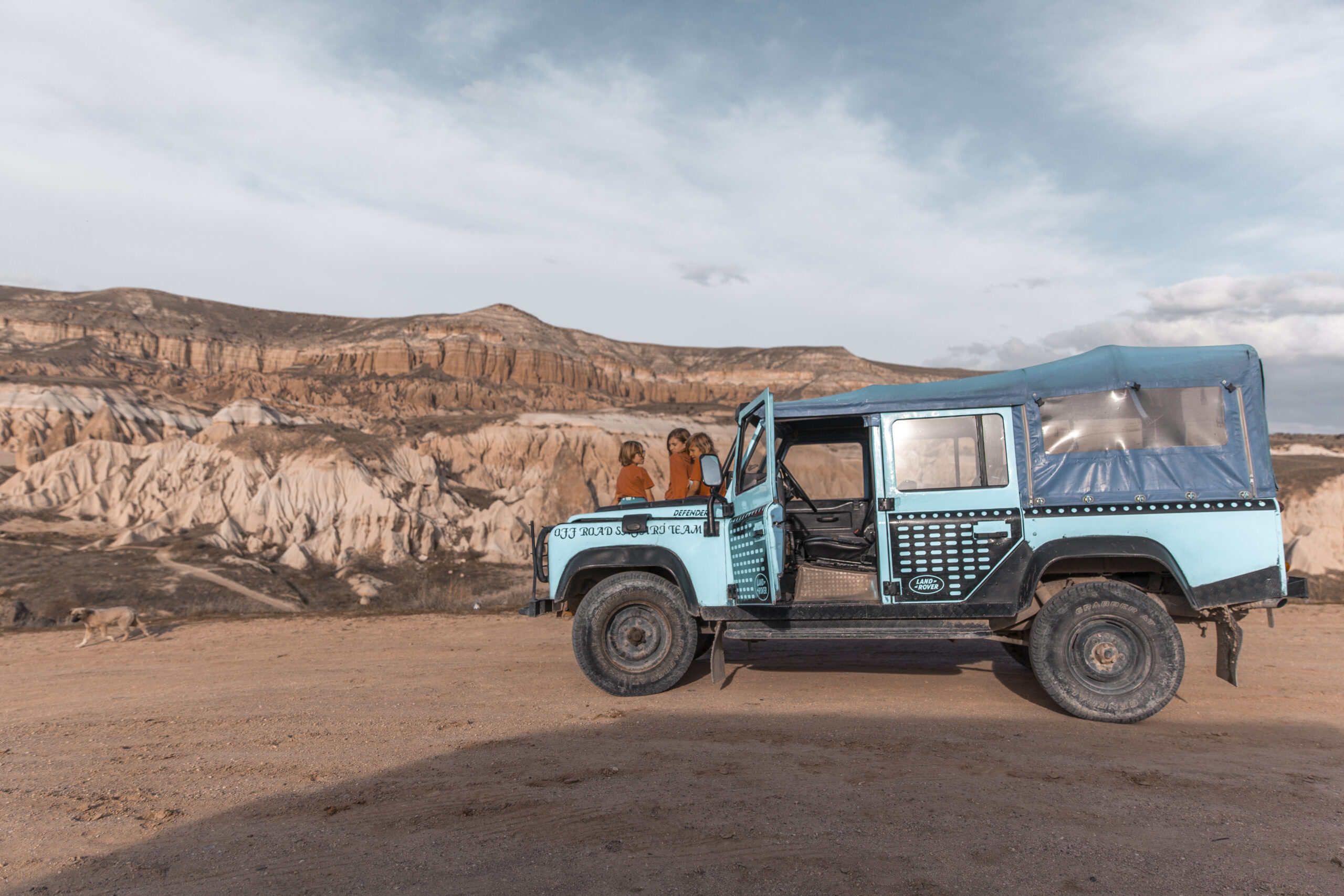
How we Plan
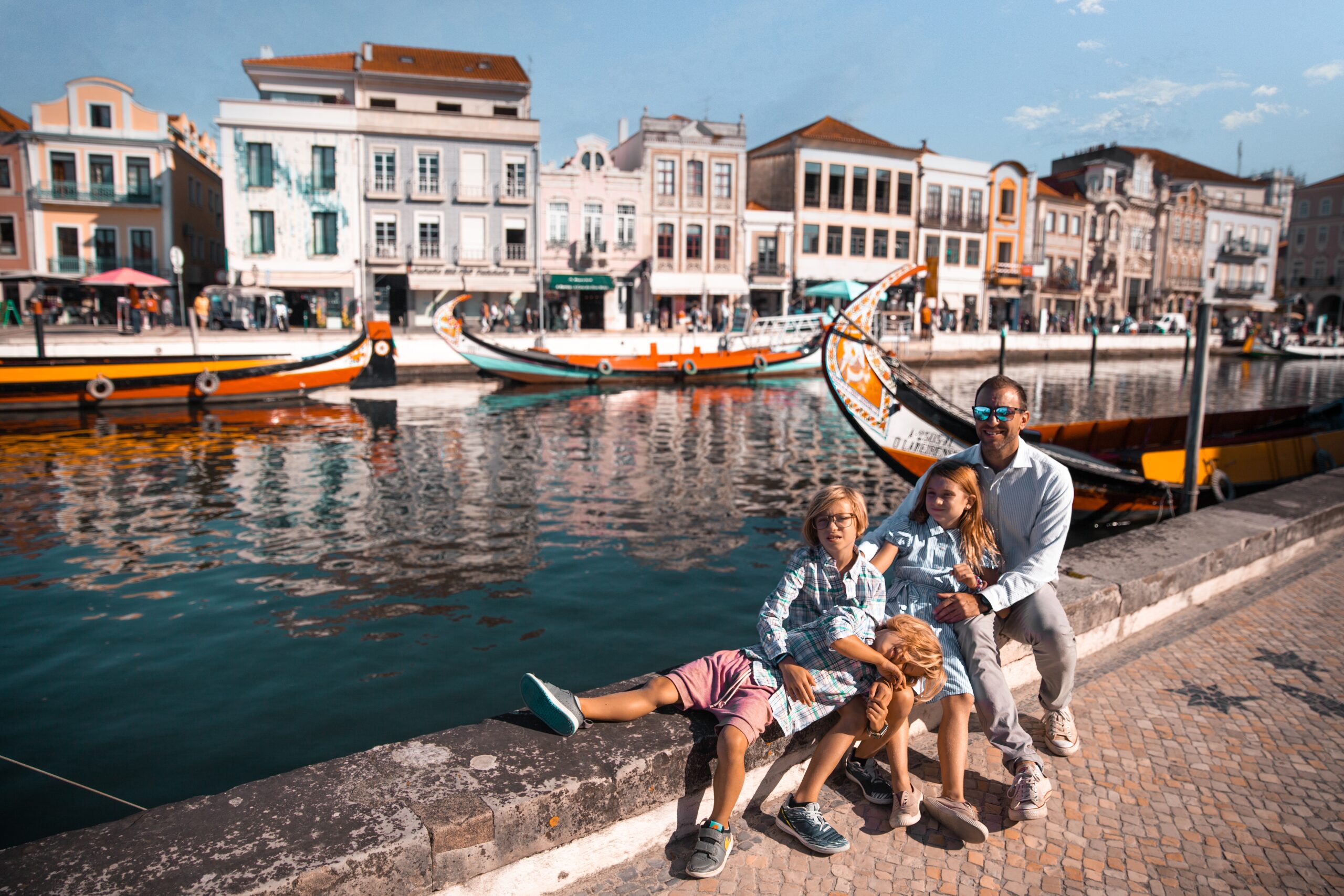
What we pack
Choosing Travel Insurance
Book Your Hotel
with Booking.com
Book Your Car
with RentalCars.com
Book Your Flight
with Skyscanner.com
Book Your Tour
with GetYourGuide.com
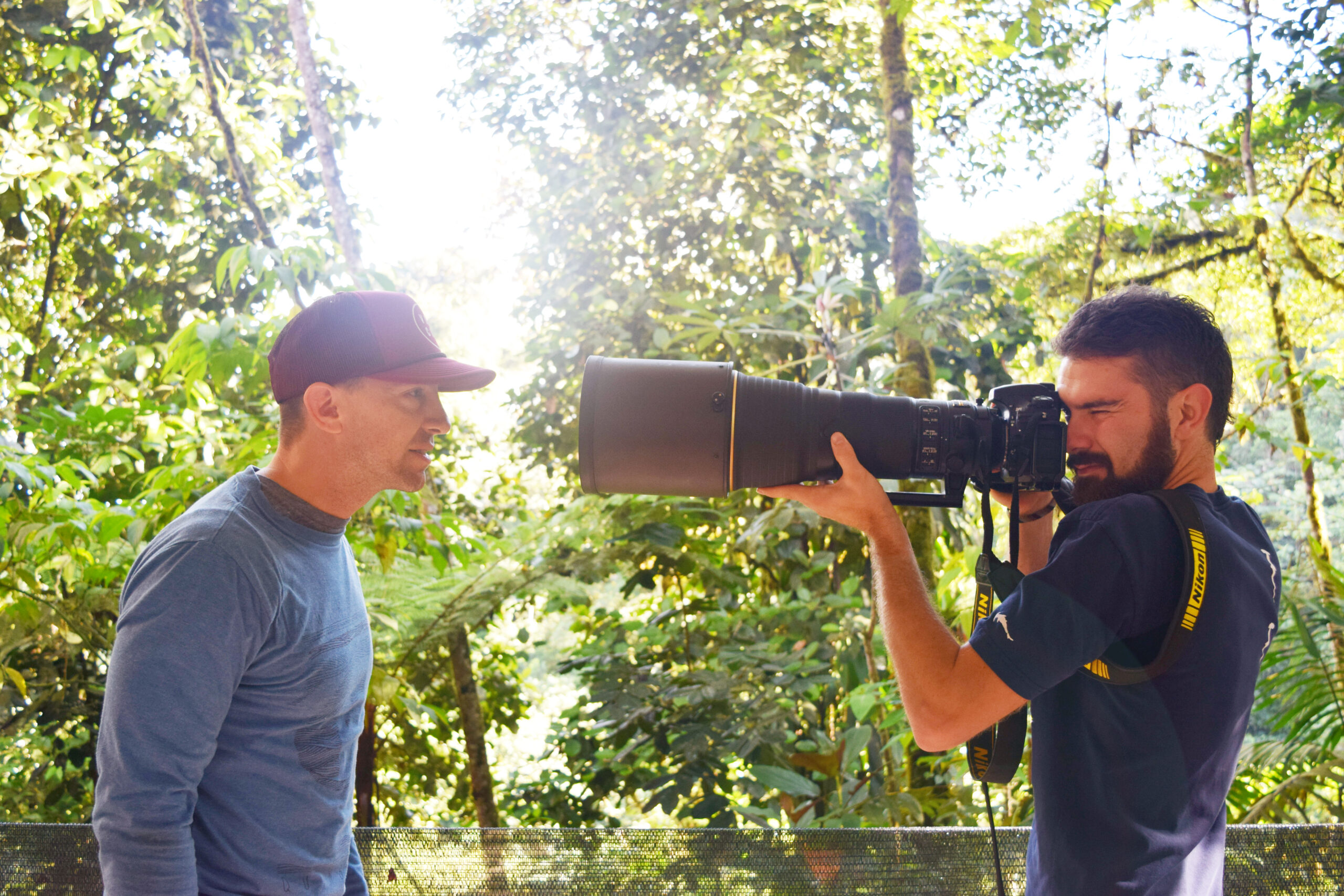
Our Camera Gear
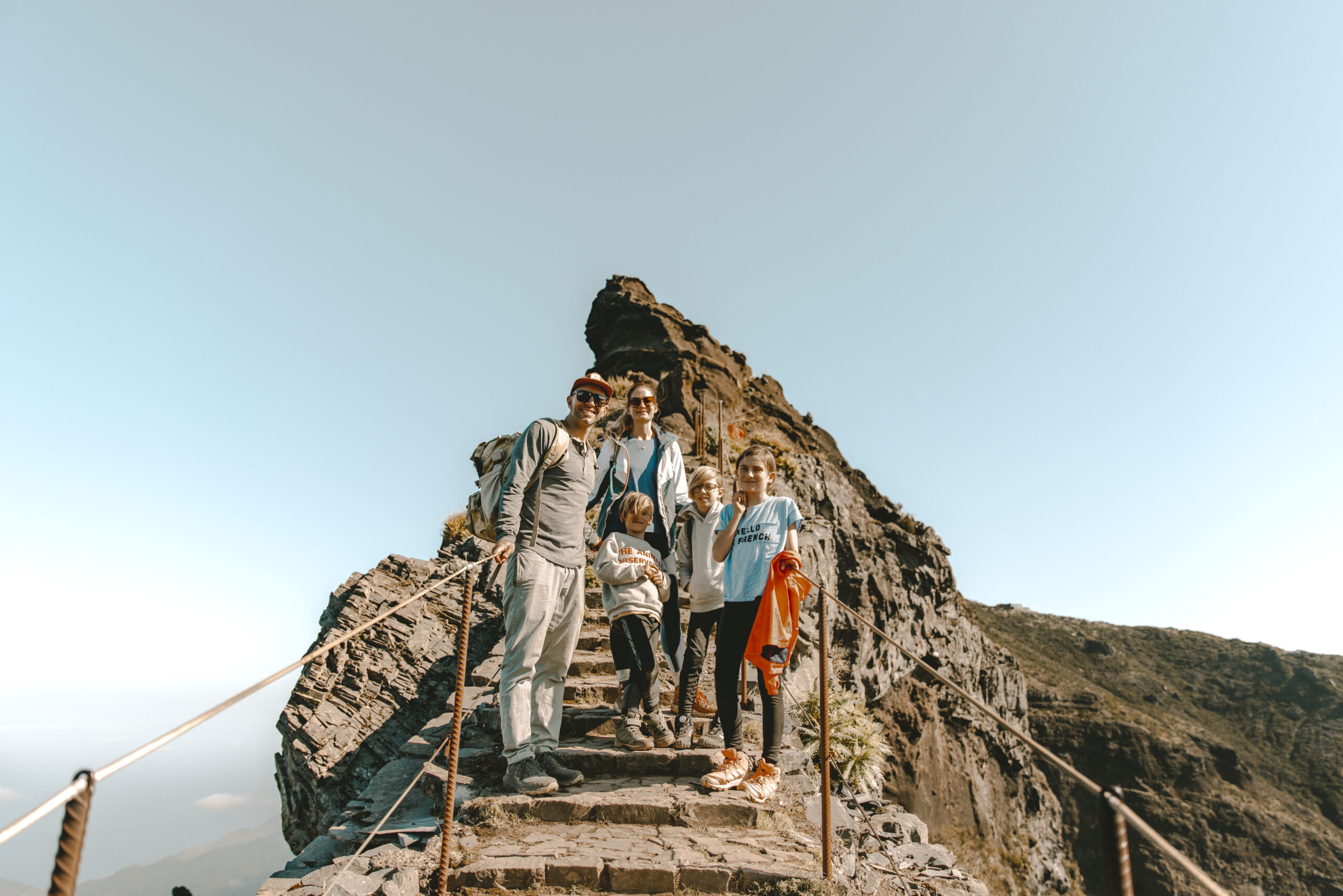
How We Fly
Choosing Your Destination
Guide to...
New Zealand
New Zealand, where snow-capped mountains, pristine lakes, and lush forests beckon travelers to discover a land of unparalleled beauty, adventure, and Maori culture. From the geothermal wonders of Rotorua and the majestic fjords of Milford Sound to the enchanting glowworm caves of Waitomo and the adrenaline-pumping activities of Queenstown, New Zealand offers an unforgettable array of experiences for adventurers, nature lovers, and culture enthusiasts alike. Whether you’re hiking through the rugged terrain of Tongariro National Park, exploring the vibrant city of Auckland, or simply relaxing on the pristine beaches of the Coromandel Peninsula, New Zealand promises an unforgettable journey amidst the stunning landscapes and warm hospitality of Aotearoa.
- Tongariro
- Rotorua
- Auckland
- Northland
- Lake Taupo
- Coromandel
Map
Weather
Itineraries
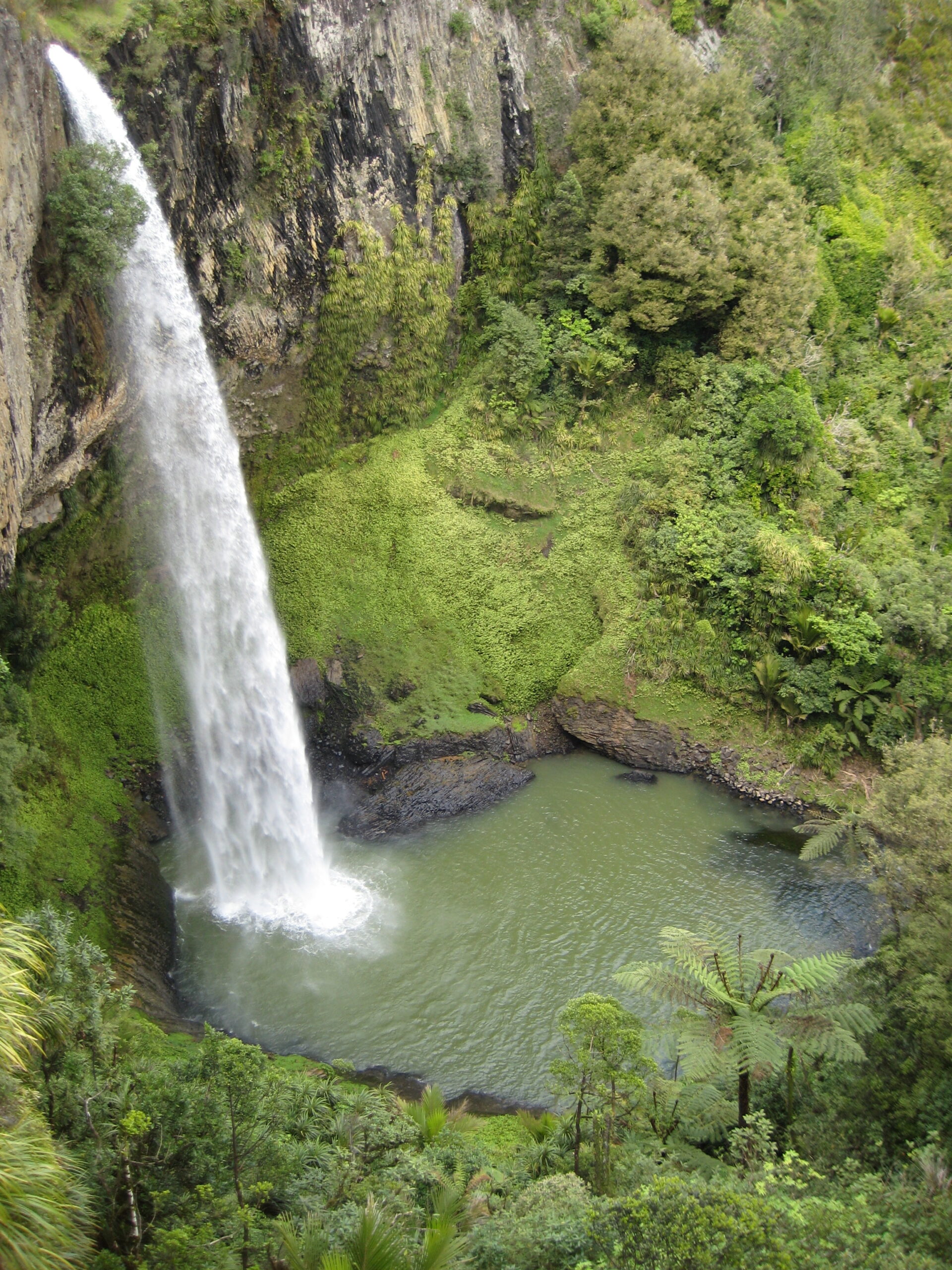
Coming Soon...
Auckland
Top Five Restaurants in Auckland
Sid at The French Café is renowned for its exquisite French-inspired cuisine with a contemporary twist. The elegant atmosphere and exceptional service make it a favorite among fine dining enthusiasts. Chef Sid Sahrawat’s innovative dishes are a culinary delight, ensuring a memorable dining experience.
Cassia offers a modern take on traditional Indian cuisine, blending bold flavors and innovative techniques. The chic, stylish setting and the beautifully presented dishes make it a standout in Auckland’s dining scene. Chef Sid Sahrawat’s flair for creativity shines through every plate.
The Grove is celebrated for its sophisticated New Zealand cuisine, paired with an extensive wine list. The restaurant’s intimate setting and impeccable service create a perfect environment for a special night out. Chef Ben Bayly’s seasonal menus are crafted with precision and artistry.
Depot Eatery & Oyster Bar offers a relaxed, casual dining experience with a focus on fresh, local produce. The lively atmosphere and open kitchen make it a popular spot for both locals and tourists. Chef Al Brown’s menu features an array of delectable small plates and fresh oysters.
Amano is known for its farm-to-table approach, featuring dishes made from locally sourced ingredients. The rustic yet modern décor and the emphasis on sustainability create a unique dining experience. The menu offers a variety of Italian-inspired dishes, from handmade pasta to fresh seafood.
Top Five HotelS in Auckland
The Hotel Britomart offers a luxurious and sustainable stay in the heart of Auckland’s waterfront. With its contemporary design and commitment to eco-friendly practices, this hotel provides guests with an elegant yet environmentally conscious experience. Its location makes it perfect for exploring the city’s vibrant harbor area.
Cordis, Auckland, is known for its opulent accommodations and outstanding service. Located in the bustling city center, this hotel features a rooftop pool, a luxury spa, and stylish rooms with stunning city views. It’s an ideal choice for both business and leisure travelers.
SkyCity Grand Hotel offers a sophisticated escape with direct access to the SkyCity entertainment complex. Guests can enjoy world-class dining, a luxurious spa, and spacious rooms with panoramic views of Auckland. Its central location makes it a convenient base for exploring the city.
Sofitel Auckland Viaduct Harbour provides a blend of French elegance and New Zealand charm. Situated on the picturesque waterfront, this hotel features beautifully appointed rooms, an indulgent spa, and exquisite dining options. The stunning harbor views and proximity to local attractions make it a top choice.
QT Auckland is a trendy boutique hotel known for its quirky design and vibrant atmosphere. Located in the Wynyard Quarter, it offers stylish rooms, a rooftop bar with panoramic views, and a hip restaurant. The hotel’s artistic flair and excellent location make it perfect for modern travelers.
FAQ's
What are the main things to do with kids in New Zealand?
New Zealand offers a wide range of family-friendly activities and attractions. Here are some of the main things to do with kids in New Zealand:
1. Visit theme parks and zoos: Attractions like Rainbow’s End (Auckland), Splash Planet (Hastings), and Auckland Zoo are popular among children.
2. Explore natural wonders: New Zealand’s stunning landscapes, such as the Waitomo Glowworm Caves, Milford Sound, and geothermal parks like Wai-O-Tapu, can be educational and exciting for kids.
3. Enjoy beaches and water activities: With its extensive coastline, New Zealand offers numerous beaches for swimming, surfing, and sandcastle building. Places like Hot Water Beach and Mount Maunganui are family favorites.
4. Visit interactive museums: Museums like Te Papa (Wellington), Canterbury Museum (Christchurch), and the International Antarctic Centre (Christchurch) offer hands-on exhibits and activities for children.
5. Embark on scenic train rides: Journeys like the TranzAlpine (Christchurch to Greymouth) and the Coastal Pacific (Picton to Christchurch) provide an enjoyable way to take in New Zealand’s landscapes.
6. Experience Maori culture: Attend cultural performances, visit a marae, or participate in hangi feasts to learn about Maori traditions and customs.
7. Go hiking and wildlife spotting: New Zealand’s numerous hiking trails and wildlife reserves, such as Zealandia (Wellington) and Orokonui Ecosanctuary (Dunedin), allow children to connect with nature and spot unique animals like kiwis and tuataras.
8. Engage in adventure activities: Older children might enjoy activities like zip-lining, luging, and jet boating, available in various locations across the country.
Remember to consider your children’s ages and interests when planning activities in New Zealand.
What is New Zealand famous for?
New Zealand is famous for a variety of things, including:
1. Stunning natural beauty: New Zealand is known for its picturesque landscapes, including fjords, mountains, beaches, and glaciers. Some famous sites include Milford Sound, Mount Cook, and the Bay of Islands.
2. Maori culture: The indigenous Maori people have a rich cultural heritage that is an integral part of New Zealand’s identity. Visitors can experience Maori culture through traditional performances, art, and cuisine.
3. Adventure sports: New Zealand is an adventure sports paradise, offering activities like bungee jumping, skydiving, white-water rafting, and skiing.
4. The Lord of the Rings and The Hobbit film trilogies: Many of the movies’ iconic scenes were filmed in New Zealand, showcasing the country’s breathtaking landscapes.
5. Unique wildlife: New Zealand is home to distinctive animals such as the kiwi, the flightless bird that is the country’s national symbol, as well as the tuatara, a rare reptile.
6. Rugby: New Zealand’s national rugby team, the All Blacks, is one of the most successful sports teams in the world and a source of national pride.
7. Wine production: New Zealand is known for producing high-quality wines, particularly Sauvignon Blanc from the Marlborough region.
8. Progressive social policies: New Zealand was the first country to grant women the right to vote and has a history of progressive social reforms.
9. Education: New Zealand’s education system is highly regarded worldwide, with many international students choosing to study there.
10. Quality of life: New Zealand consistently ranks highly on global quality of life indexes, thanks to its stable political system, low crime rates, and strong economy.
What power plug type does New Zealand use?
New Zealand uses type I power plugs and sockets, which are also used in Australia, Papua New Guinea, and several Pacific Island nations. Type I plugs have two flat pins arranged in a V-shape, with a grounding pin in the center.
The voltage in New Zealand is 230 volts (50 Hz), which is higher than the 120 volts used in countries like the United States. Visitors from countries with different voltage standards should ensure that their electronic devices are compatible with New Zealand’s electrical system or use a suitable adapter or converter.
It’s important to note that some devices, such as hairdryers and electric shavers, may require a voltage converter in addition to a plug adapter to function safely and properly in New Zealand.
Is New Zealand safe?
Yes, New Zealand is generally considered a very safe country for both residents and tourists. It consistently ranks among the most peaceful countries in the world on the Global Peace Index. However, as with any destination, it’s essential to take basic precautions to ensure your safety:
1. Crime: While crime rates are relatively low, petty crimes like pickpocketing and bag snatching can occur in tourist areas. Always be aware of your surroundings and keep your belongings secure.
2. Road safety: New Zealand’s roads can be narrow, winding, and challenging to navigate, especially in mountainous areas. Drive cautiously, and be prepared for sudden weather changes.
3. Natural disasters: New Zealand is located on the Pacific Ring of Fire and experiences occasional earthquakes and volcanic activity. Familiarize yourself with emergency procedures and follow any instructions from local authorities.
4. Outdoor activities: When engaging in outdoor activities like hiking or water sports, be prepared with appropriate gear and inform someone of your plans. Be aware of weather conditions and potential hazards.
5. Sun protection: New Zealand’s sun can be intense, especially during summer. Wear sunscreen, a hat, and protective clothing to avoid sunburn.
Overall, New Zealand is a safe and welcoming destination for travelers. By taking common-sense precautions and staying informed, you can minimize risks and enjoy your time in the country.
What documents do i need to travel to New Zealand
To travel to New Zealand, you will need the following documents:
1. Valid passport: Your passport must be valid for at least three months beyond your intended departure date from New Zealand.
2. Visa or NZeTA (New Zealand Electronic Travel Authority): Depending on your country of citizenship, purpose of visit, and length of stay, you may need to obtain a visa or an NZeTA before traveling to New Zealand.
– Visa: If you require a visa, you must apply for the appropriate visa type (e.g., visitor, student, work) before your trip.
– NZeTA: If you are from a visa-waiver country and planning to stay for up to 90 days, you may be eligible for an NZeTA, which you can obtain online.
3. Evidence of onward travel: You may be asked to provide proof of onward travel arrangements, such as a return ticket or a ticket to another destination, to show that you intend to leave New Zealand.
4. Sufficient funds: You should have enough money to support yourself during your stay in New Zealand. Immigration officials may ask for evidence of your financial means, such as bank statements or credit card limits.
5. Health documents: Depending on your country of origin and the purpose of your visit, you may need to provide certain health documents, such as proof of vaccination or a medical certificate.
6. Accommodation details: It’s a good idea to have a record of your accommodation arrangements, such as hotel reservations or a letter of invitation if staying with friends or family.
Check the New Zealand Immigration website for the most up-to-date information on entry requirements, as they may vary depending on your specific circumstances and any changes in immigration policies.
When is the best time to travel to New Zealand?
The best time to travel to New Zealand depends on your preferences and the activities you plan to do. However, generally speaking, the most popular times to visit are during the summer months (December to February) and the shoulder seasons (spring: September to November, and autumn: March to May).
1. Summer (December to February): This is the peak tourist season, with warm temperatures, long daylight hours, and plenty of outdoor activities. It’s an ideal time for beach visits, hiking, and exploring. However, this is also the busiest and most expensive time to visit.
2. Autumn (March to May): Autumn offers mild temperatures, beautiful foliage, and fewer crowds. This is a great time for hiking, sightseeing, and wine tasting. Easter holidays and ANZAC Day can be busy, though.
3. Winter (June to August): Winter is the low season, with colder temperatures and shorter daylight hours. However, this is the best time for skiing and other winter sports in the mountain regions. Many parts of the country, especially the North Island, still have relatively mild temperatures during this time.
4. Spring (September to November): Spring brings warmer temperatures, blooming flowers, and a mix of sun and occasional rain showers. This is a pleasant time for outdoor activities, sightseeing, and visiting gardens. It’s also shoulder season, so you can often find better deals on accommodations and flights.
Ultimately, the best time to visit New Zealand depends on your specific interests and the regions you plan to explore. Keep in mind that New Zealand’s weather can be unpredictable, so it’s always a good idea to pack layers and be prepared for changes in conditions.
How to travel New Zealand?
There are several ways to travel around New Zealand, depending on your preferences, budget, and itinerary. Here are some popular options:
1. Rental car or campervan: Renting a car or campervan gives you the most flexibility to explore at your own pace. New Zealand has a well-maintained road network, and driving is on the left side of the road.
2. Domestic flights: If you’re short on time or want to cover long distances quickly, domestic flights connect major cities and tourist destinations. The main airlines are Air New Zealand and Jetstar.
3. Intercity buses: Intercity buses are an affordable way to travel between cities and towns. The main bus companies are InterCity, Newmans Coach Lines, and Naked Bus.
4. Train: New Zealand has a few scenic train routes, such as the TranzAlpine (Christchurch to Greymouth), the Northern Explorer (Auckland to Wellington), and the Coastal Pacific (Picton to Christchurch). While not as extensive as the bus network, trains offer a relaxed and picturesque way to travel.
5. Ferries: Ferries connect the North and South Islands between Wellington and Picton, with services provided by Interislander and Bluebridge.
6. Organized tours: If you prefer a more structured approach, organized tours can take care of transportation, accommodation, and activities. Tours range from budget-friendly backpacker buses to luxury coach tours.
7. Cycling: New Zealand has a network of cycle trails, making it a great option for adventurous travelers. You can bring your own bicycle or rent one in many locations.
When planning your travel, consider the amount of time you have, your budget, and the specific destinations you want to visit. Many travelers opt for a combination of transportation methods to suit their needs.
Where to travel in New Zealand?
New Zealand offers a diverse range of destinations to suit various interests. Here are some popular places to visit:
North Island:
1. Auckland: The largest city in New Zealand, known for its harbors, beaches, and multicultural atmosphere.
2. Rotorua: Famous for its geothermal activity, Maori culture, and adventure sports.
3. Bay of Islands: A stunning coastal region with beautiful beaches, water activities, and historical sites.
4. Taupo: Home to New Zealand’s largest lake and popular for fishing, boating, and hiking.
5. Wellington: The capital city, known for its vibrant arts and culture scene, museums, and dining options.
South Island:
1. Queenstown: The adventure capital of New Zealand, offering activities like bungee jumping, skiing, and hiking.
2. Milford Sound: A breathtaking fjord known for its dramatic scenery, waterfalls, and wildlife.
3. Aoraki/Mount Cook National Park: Home to New Zealand’s highest mountain and offering stunning alpine landscapes.
4. Franz Josef and Fox Glaciers: Two accessible glaciers that offer guided walks and scenic flights.
5. Abel Tasman National Park: A coastal paradise with golden beaches, clear waters, and great hiking trails.
6. Christchurch: The largest city on the South Island, known for its gardens, parks, and rebuilding efforts after earthquakes.
Other notable destinations:
1. Hobbiton: A must-visit for Lord of the Rings and The Hobbit fans, featuring the movie set of the Shire.
2. Kaikoura: A coastal town famous for whale watching and seafood.
3. Waitomo: Known for its glowworm caves and adventure activities like caving and black water rafting.
4. Tongariro National Park: A UNESCO World Heritage site with stunning volcanic landscapes and great hiking trails.
These are just a few highlights, and there are many more incredible places to discover in New Zealand. Your specific itinerary will depend on your interests, time available, and mode of transportation.

